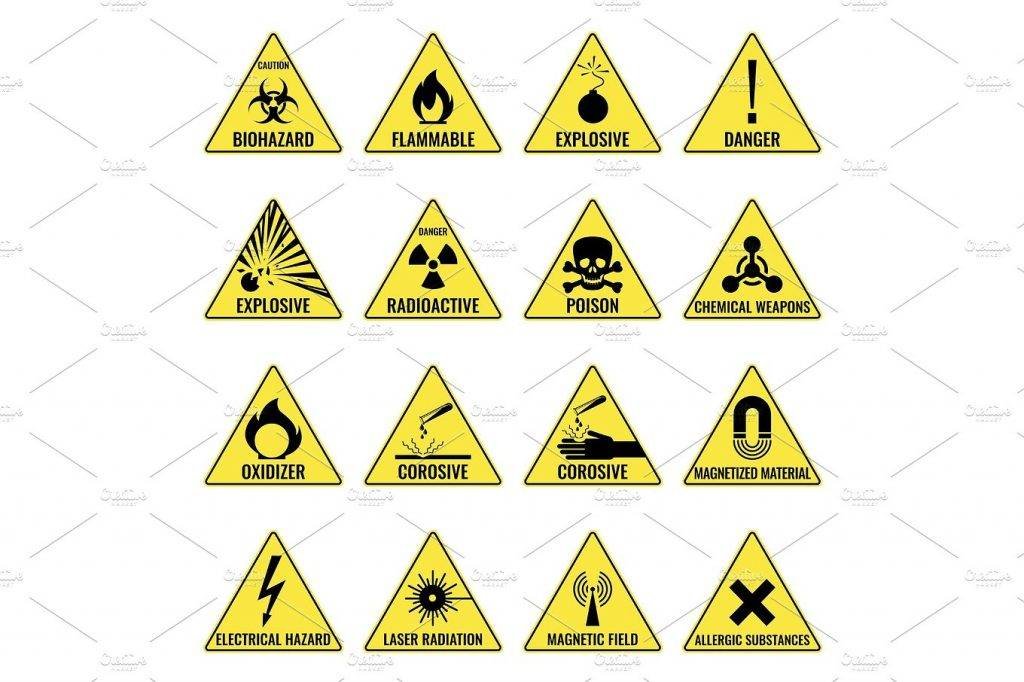A warning label is a crucial part of product safety that informs users about potential hazards and the necessary precautions. These labels serve as a guide to help prevent accidents, injuries, or even fatalities by clearly stating risks associated with improper use or handling of certain products or equipment. No matter how simple or complex the item is, having a warning label is often required by law in many industries and countries to protect both consumers and businesses.
What is a Warning Label?
A warning label is a notice placed on a product, packaging, or machinery that indicates possible dangers or risks involved. It typically includes text, symbols, or both, and is designed to be easily noticeable. The goal is to catch the attention of the user and provide essential information about safe handling, use, and disposal of the product. For example, you might see warning labels on chemical containers, electrical appliances, toys, or industrial machinery.
Why Are Warning Labels Important?
Warning labels are not just a legal requirement; they play a vital role in protecting public safety. Here are some of the key reasons why they are important:
- Prevention of Accidents: The most important function of a warning label is to prevent accidents. By highlighting potential risks, it helps users avoid actions that could cause harm.
- Compliance with Regulations: In many industries, especially those dealing with hazardous materials, failing to include a warning label can result in fines or legal consequences. Compliance ensures that companies meet safety standards.
- Liability Protection: A well-placed warning label also protects businesses from liability. If a consumer misuses a product and there is no warning, the company could be held responsible for damages. Proper labeling can serve as legal proof that the consumer was adequately informed of risks.
- Increased Consumer Trust: Products that clearly display warning labels indicate that the manufacturer values safety and transparency. This helps build consumer trust and can even improve brand reputation.
Types of Warning Labels
There are various types of warning labels, depending on the level of danger and the industry in which the product is used:
- Danger Labels: These are used for situations that present an immediate risk of serious injury or death. The word “Danger” is often displayed in bold, along with specific instructions to avoid the hazard.
- Warning Labels: These indicate a moderate level of risk. While not as urgent as “Danger” labels, they still require immediate attention to prevent injury or damage.
- Caution Labels: These labels signify a lower level of risk but still warn the user of possible harm or equipment damage if safety guidelines aren’t followed.
- Instructional Labels: These provide users with instructions for safe handling, use, and maintenance of products. They often accompany warning labels to ensure users understand how to minimize risk.
Key Elements of an Effective Warning Label
An effective warning label must contain several key components:
- Clear Language: The message should be easy to understand, even for someone with little knowledge of the product. Avoid technical jargon whenever possible.
- Bold Fonts and Colors: Important warnings should be highlighted using bold text, bright colors like red or yellow, and large fonts to grab attention.
- Symbols and Icons: Often, safety symbols are used alongside text to communicate danger. Common symbols include skull and crossbones for toxic substances or a lightning bolt for electrical hazards.
- Detailed Instructions: The label should include clear instructions on what to do or not do. For example, “Keep away from children” or “Wear protective gloves.”
- Legibility: The label must be readable from a reasonable distance, depending on where it is placed. It should not fade easily or be covered by other packaging elements.
Industries That Require Warning Labels
Many industries rely heavily on warning labels to ensure the safety of consumers and workers. Some of these industries include:
- Chemical and Pharmaceutical: Products like cleaning agents, industrial solvents, and medications require warning labels to inform users of toxicity, flammability, or corrosive properties.
- Electrical and Mechanical: Electrical appliances and machinery often come with labels warning about the risk of electric shock or mechanical failure.
- Food and Beverage: Food packaging may include warning labels regarding allergens or improper storage, such as “Contains nuts” or “Keep refrigerated.”
- Construction and Manufacturing: Heavy machinery and construction tools frequently feature warning labels to prevent accidents on work sites.
Conclusion
A warning label is more than just a regulatory requirement; it is a key element in protecting consumers, workers, and businesses from harm. Whether you’re a manufacturer or a consumer, it’s important to take these labels seriously. Proper labeling ensures compliance with laws, builds trust, and helps avoid costly accidents or legal issues.


























